|
CURTAIN
Page Two
Photographs
© Brian Rose
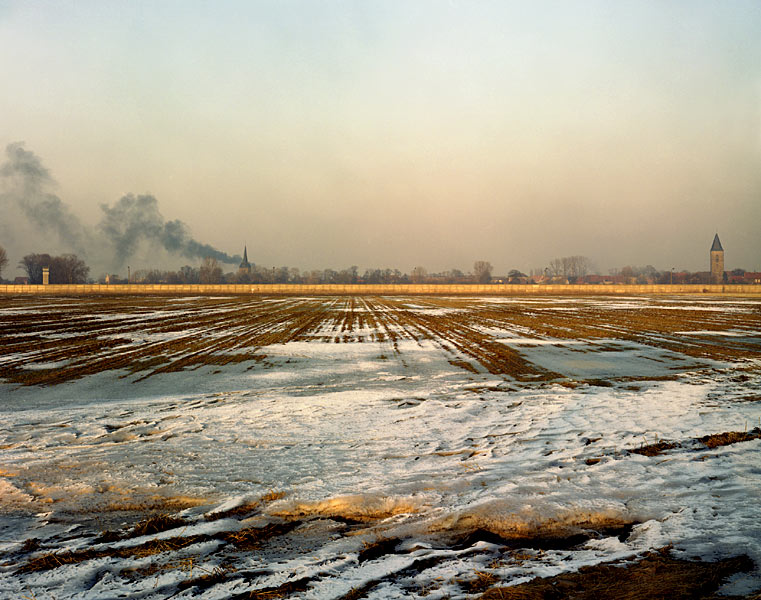 |
|
Oebisfelde,
East/West German Border, 1987
|
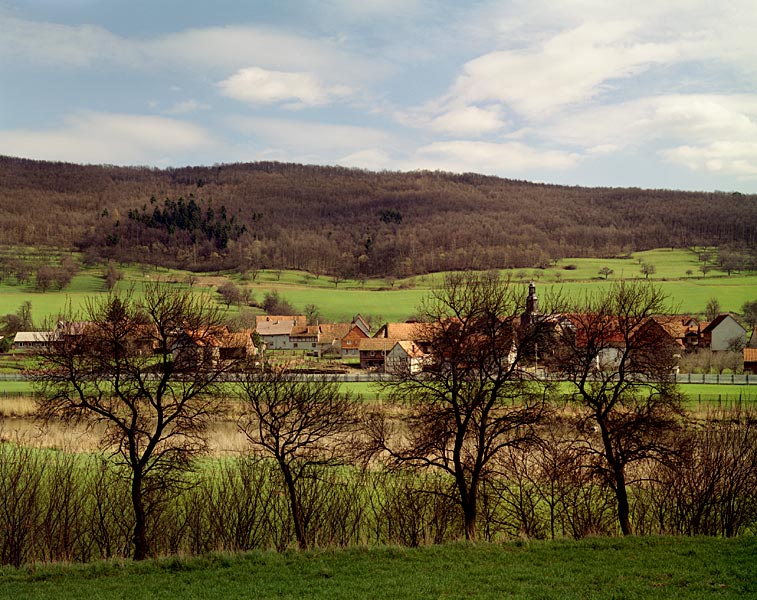 |
|
Lindewerra,
East/West German Border, 1989
|
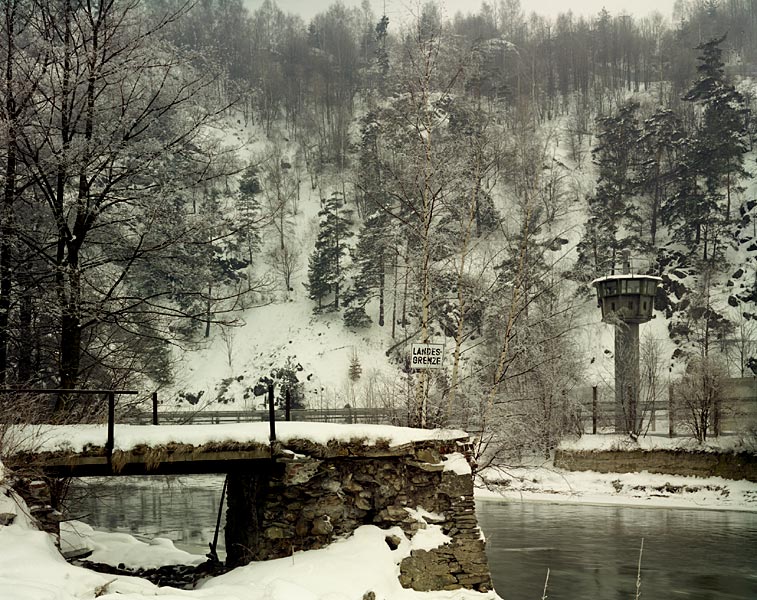 |
|
Blankenberg,
East/West German Border, 1987
|
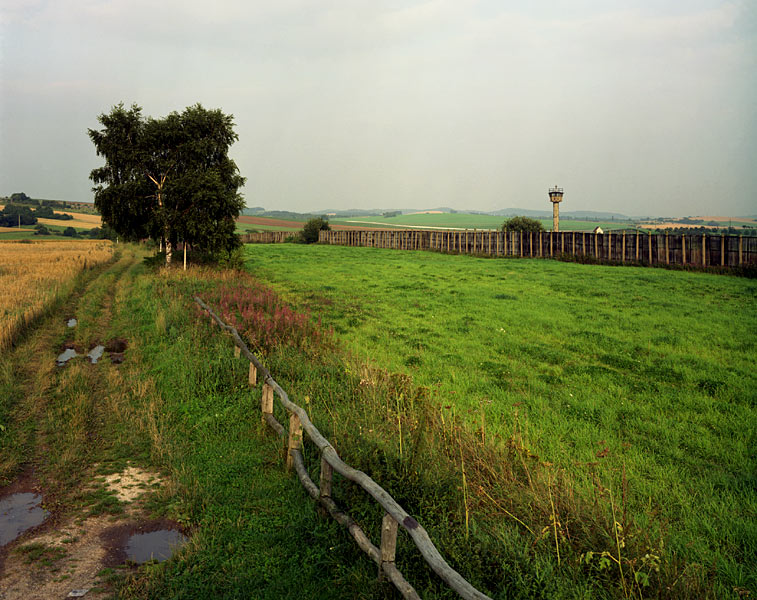 |
|
East/West
German Border, 1985
|
Ratzeburg,
East/West German Border, 1987 |
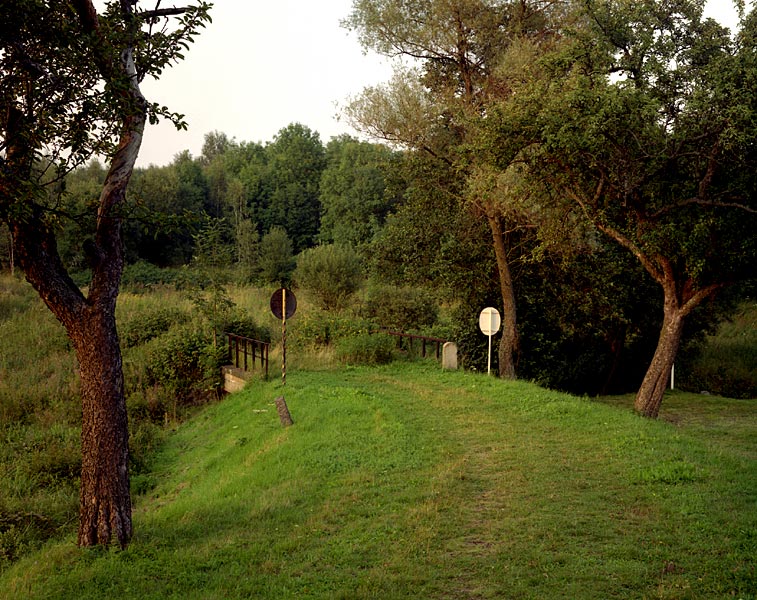 |
|
West
German/Czech Border, 1985
|
I
drove along the Czech border in southern Germany (Bavaria).
Because that area is largely forest and mountains, the border
is accessible at relatively few spots. Only a series of white
posts at twenty foot intervals mark the line. Rather old signs
in English warn U.S. forces that the border is one kilometer
away and one should not proceed without further orders. The
border fences are typically one or two kilometers back from
the borderline, and occasionally signs warn visitors that accidentally
wandering across could lead to arrest by the Czech authorities.
In today's paper I read that an East German doing work on the
border escaped near Hanover. And twenty-nine imprisoned spies
were exchanged between the U.S. and Russia over the Glienicke
Bridge in Berlin. |
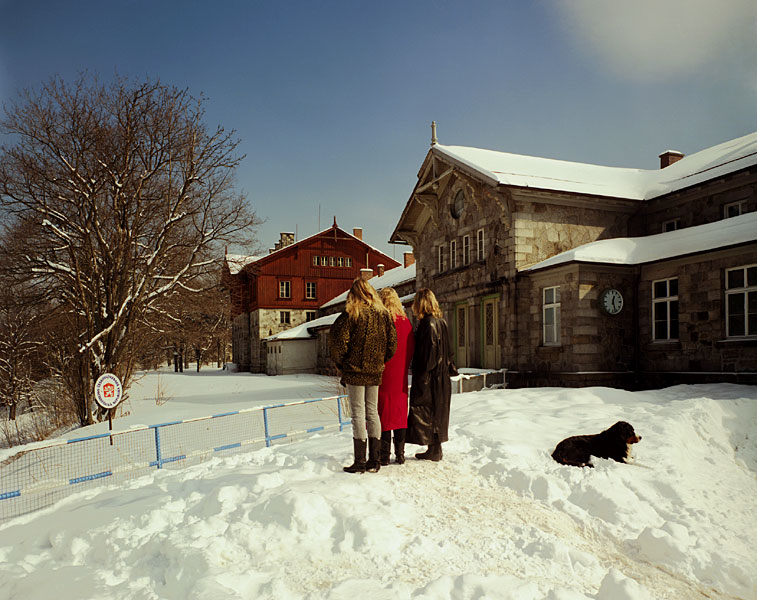 |
|
Bayer-Eisenstein,
West German/Czech Border, 1987
|
West
German/Czech Border, 1987 |
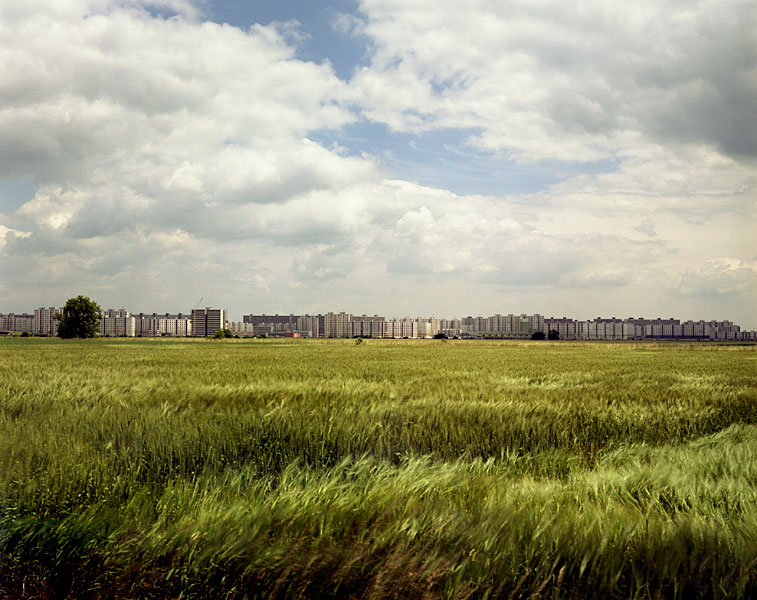 |
|
Bratislava,
Austrian/Czechoslovak Border, 1985
|
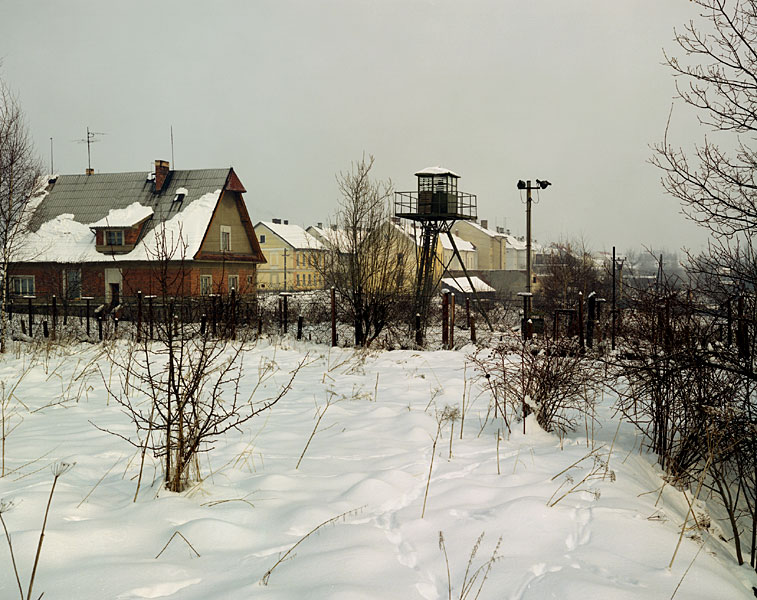 |
|
Gmünd,
Austrian/Czech Border, 1987
|
The
weather has continued to stay cold if not get colder. In this
area the snow is probably two feet deep, with drifts higher.
The roads are well plowed, but they are usually covered with
packed snow or ice. Just a few kilometers before Gmünd
is a stretch of road that parallels the Czech border and not
too far away is the Czech double fence running across a field.
I took one picture of this view—snow below, a thin grey
line of fence, and grey sky above. Snow fell heavily. Everything
was white and grey.
The Czech fences, usually kept far back
from the border here must squeeze between the cities of Gmünd
and Ceské Velenice. The fence appears relatively crude—wood
post and barbed wire—and the guard towers are often
wooden structures. But the border is clearly guarded by soldiers
on foot. I saw a number of them dressed in winter white carrying
rifles. |
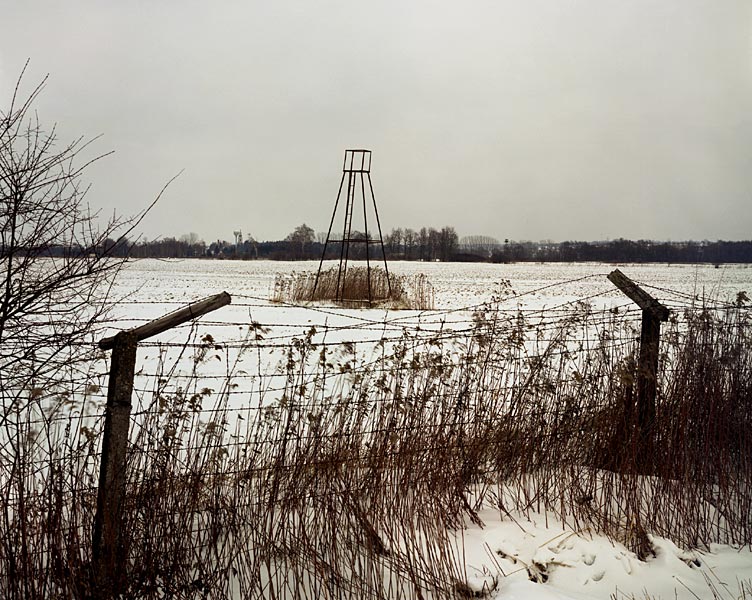 |
|
Austrian/Hungarian
Border, 1987
|
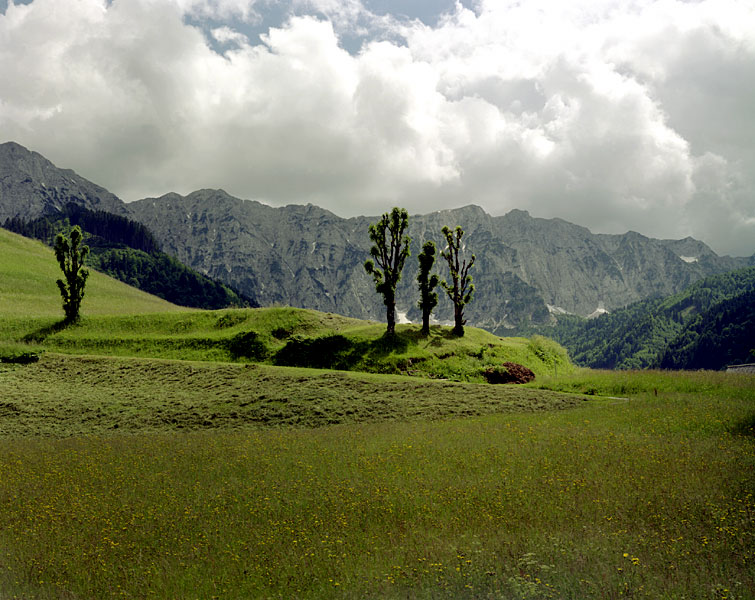 |
|
Austrian/Yugoslav
Border, 1985
|
The
border of Yugoslavia and Austria, as well as that of Yugoslavia
and Italy, is defined by a range of towering mountain peaks
of up to 3,000 meters high. I followed one really beautiful
roadway that required a lot of close map reading and driving
around to find. It took me way up approaching the tree line
of the ridge forming the border, but the best shot I found was
from further down with several unusual trees breaking the horizon
in front of the peaks.
The headline of the paper held by a customer
in the restaurant where I am writing says that a person fleeing
Czechoslovakia was found dead on the Yugoslav border within
Austrian territory. On the inside of the paper I read that the
fugitive was apparently already in Austria when shot. |
|